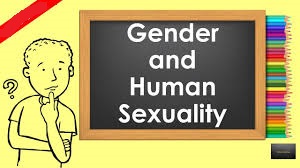This course will begin by introducing and defining the concepts of gender and sexuality in order to familiarize students with some of the terms and theories that will be used throughout the remaining units. We will then take a look at the similarities and differences between sexes in terms of biological and physiological functioning and development. Subsequently, we will deal on the different theories that seek to explain why and how the sexes are different from a psychological standpoint. We will also take a look at how sexual and gender identities play a role in our lives. Then we ask how gender and sexuality affect practical areas of our lives: our cognitive abilities, personality, emotion and aggression, communication. Finally, we will look the place of sexuality on human life.

- Teacher: psy Tizita Lemma
This course is basically designed to give a glimpse for the students about the nature of forensic psychology and its application in the legal system. As such, it deals with the very nature and definition of forensic psychology, the relationship between psychology and law, the historical development, theories of forensic psychology, psycho-legal research and the applications of psychology in legal system, eyewitness testimony and memory, persuasiveness in eyewitness identification, factors affecting eyewitness testimony. Besides, legal aspects of children as eyewitness, deception of children, interviewing children on sexual abuse cases, and factors that influence children as an eyewitness are taken into consideration. On top of these, the course also deals with the nature and concepts of lie, major components of lies, roles of psychologists in lie detecting, polygraph analysis and its limitations on one hand. On the other hand, the concept of statement validity analysis, types of SVA, major criteria to differentiate credible from false testimony and factors that influence SVA takes the lion’s share of forensic psychology. Moreover, it also gives an emphasis on the sexual crime analysis, phallometric as a device, pedophilia and child molestation. To this end, problem-solving strategies such as gestalt approach, profile analysis and treatment strategies are mentionable.

- Teacher: Benyam Lake
